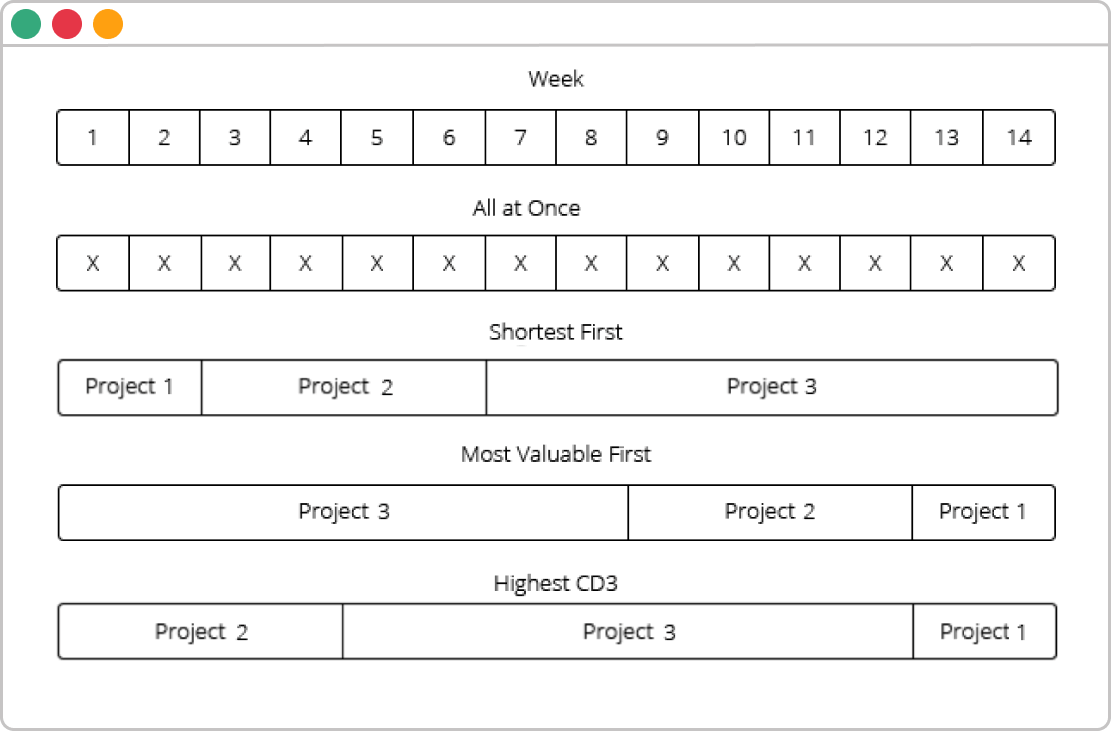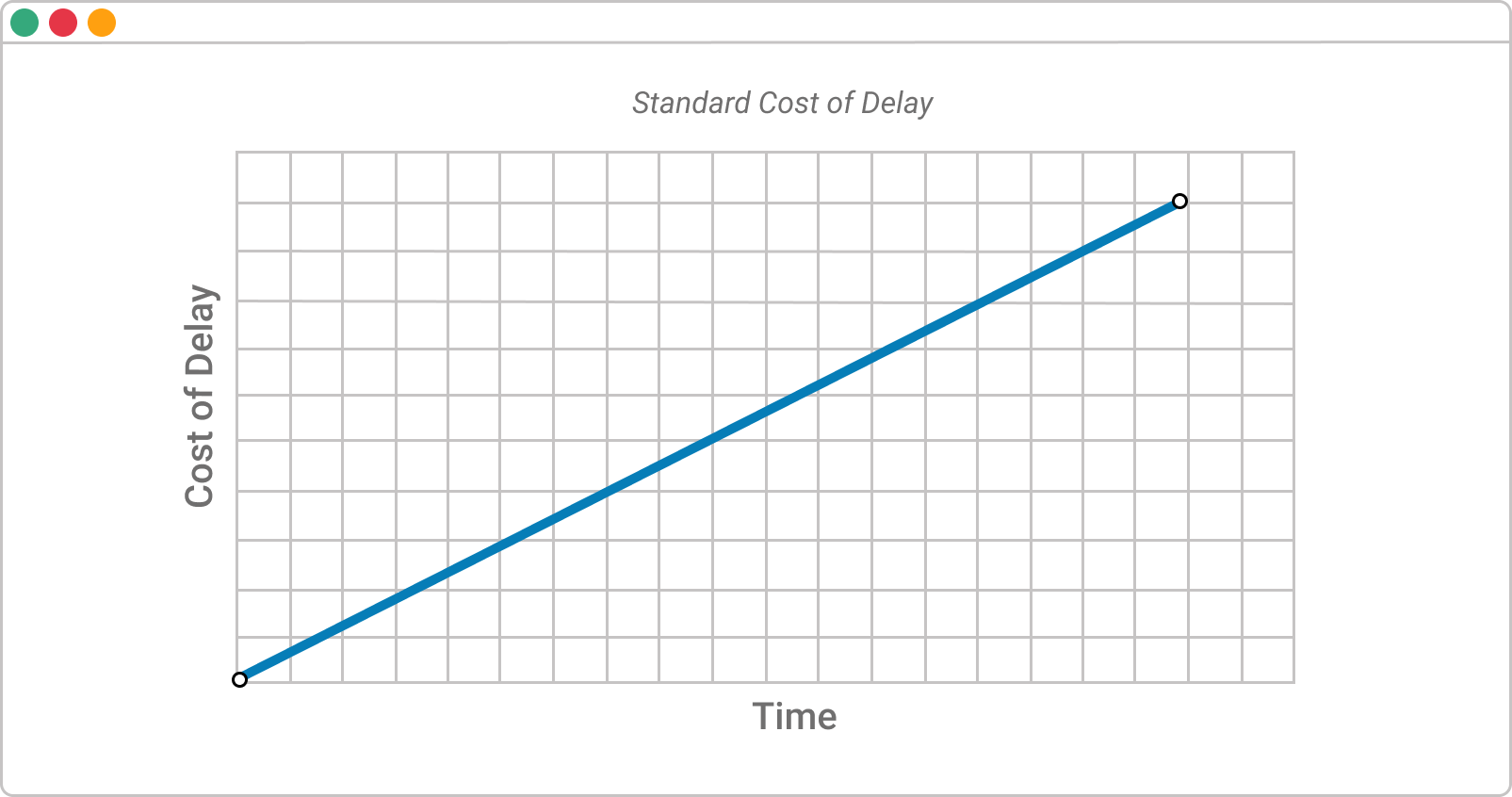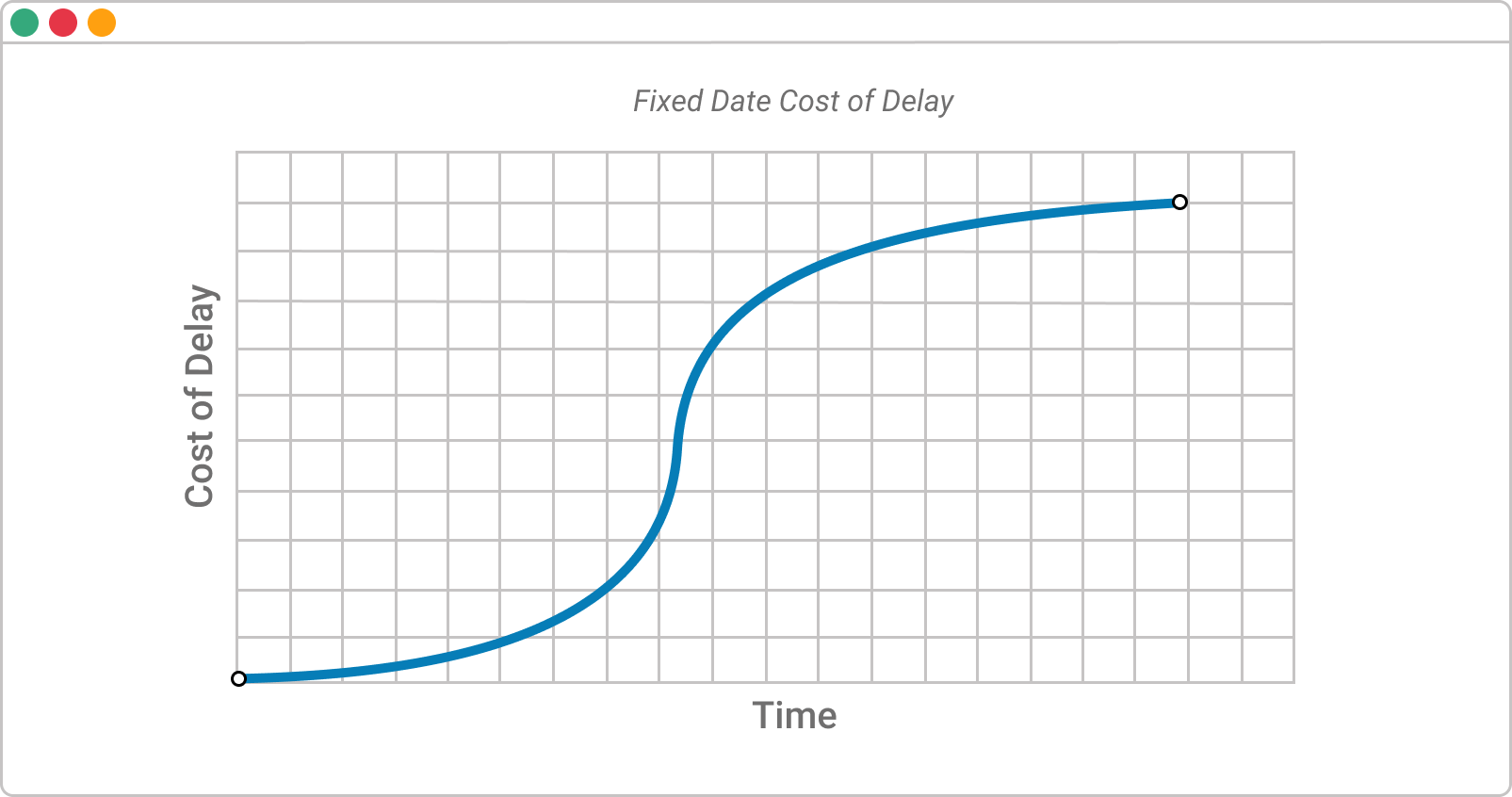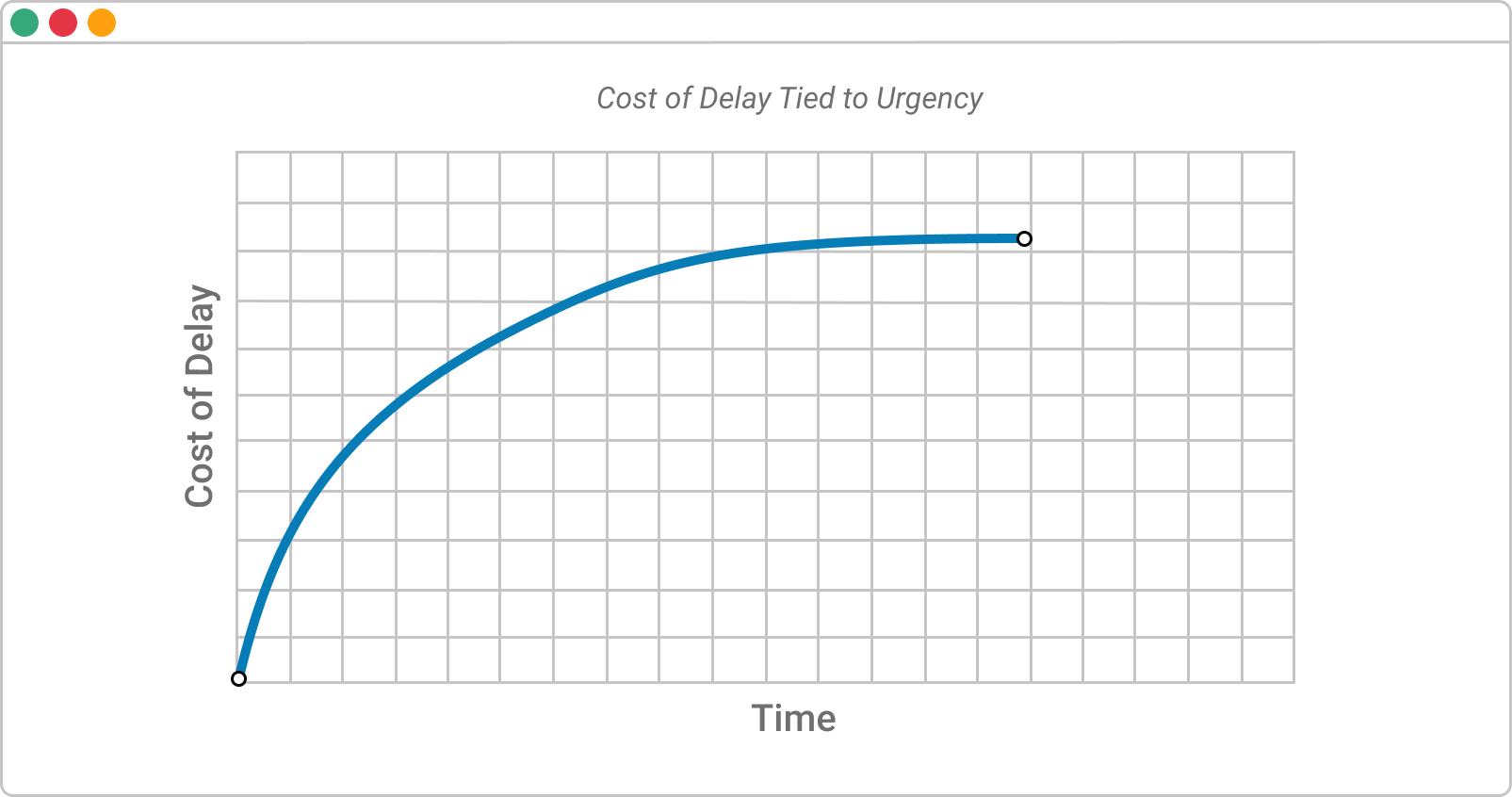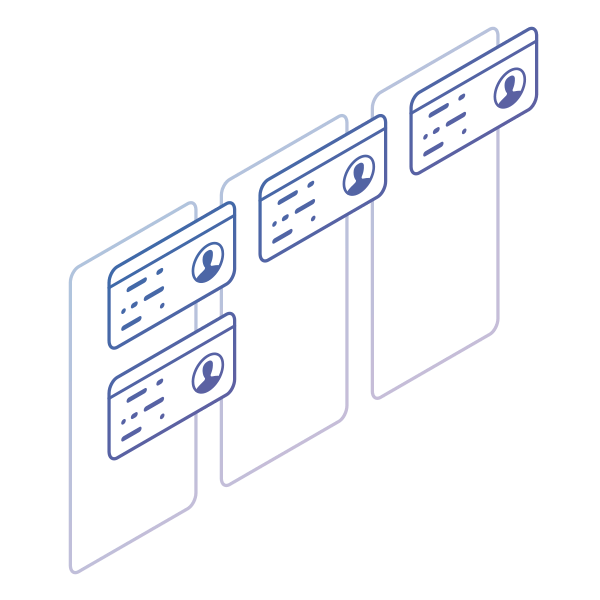Key Takeaways
-
What is Cost of Delay (CoD)? It's a metric that shows how much money you lose by delaying the delivery of a product, feature, or service.
-
Why CoD matters: It combines urgency and value to guide smarter prioritization.
-
How to calculate CoD: Multiply potential weekly profit by the number of weeks delayed.
-
CoD helps teams align efforts with business outcomes and reduce wasteful waiting time.
What Is the Cost of Delay?
Cost of Delay (CoD) is a Lean management metric that quantifies the economic loss of postponing work. It combines the value of an initiative with its urgency, offering a smarter way to prioritize.
Imagine releasing a new feature in 2 months that could bring $20,000 in weekly revenue. Every week you delay that release, you lose $20,000. That's your Cost of Delay.
Examples of CoD in Real-World Scenarios:
-
Product launch: Delaying release costs you market share.
-
Software features: Waiting slows competitive advantage.
-
Strategic initiatives: Delays impact business goals and customer satisfaction.
How to Calculate Cost of Delay
To calculate CoD, follow these three steps:
- Estimate the weekly value the project or initiative will deliver after release.
- Estimate project duration in weeks.
- Apply the CD3 formula:
«« CD3 = Cost of Delay / Duration »»
Imagine that you've got 3 projects planned for the near future. All of them will bring value to your customers and profit to your company, and yet choosing the order of delivery will affect both.
| Project |
Project Duration (weeks) |
Expected Weekly Profit |
CD3 Value |
| Project A |
2 |
5,000 |
2,500
|
| Project B |
4 |
30,000 |
7,500
|
| Project C |
8 |
50,000 |
6,250
|
This score helps you prioritize projects and initiatives by economic impact and speed of return.
The highest CD3 score wins priority since its return on investment will be faster.
How to Prioritize Projects by Cost of Delay?
When you know how to calculate the cost of delaying the projects, you can follow 3 simple steps to determine how to prioritize them:
- Visualize the completion scenarios
- Analyze prioritization impact on the cost of delay
- Compare the scenarios
Visualize Project Completion
Following our example, you've got a total expected weekly profit of $85 000 and quite a few ways to tackle the work that needs to be completed. The 4 most logical choices are:
- Prioritize by project duration, starting with the shortest
- Prioritize by project value starting with the most valuable
- Prioritize by reducing the cost of CD3 score starting with the highest one
- Process all projects simultaneously

Each of these options will bring different costs of delay to your company, and you need to analyze the impact on prioritization before deciding. If you're practicing Hoshin Kanri, this might be a perfect opportunity to play Catchball with your team.
Analyze Prioritization Impact
Calculating how much it would cost you if you chose any prioritization mechanism.
Continuing with our project example, if you've estimated that the total time required to finish all three projects is 14 weeks, you just add up the cost of delay for each project on a weekly basis.
You should remember that the potential profit of each project would be delayed until it and any preceding projects are delivered.
Scenario 1
-
If you prioritize by project duration, you get that the CoD for the first 2 weeks is $10 000.
- After the shortest project is finished, for the next 4 weeks, the total cost of delay becomes $180 000.
- When done with the second one, for the 8 weeks required to finish the last – $700 000.
-
All this amounts to $890 000.
| |
Weeks |
Weekly Profit |
CoD |
| Project 1 |
2 |
5,000 |
2x5,000=10,000
|
| Project 2 |
4 |
30,000 |
(4+2)x30,000=180,000
|
| Project 3 |
8 |
50,000 |
(8+4+2)x50,000=700,000
|
| Total |
|
|
890,000 |
Prioritization by project duration
Scenario 2
-
If you prioritize by project value, you get that the cost of delay for the first 8 weeks is $400 000; for the next 4 – $360 000; for the last 2 – $70 000.
-
All this amounts to $830 000.
| |
Weeks |
Weekly Profit |
CoD |
| Project 3 |
8 |
50,000 |
8x50,000=400,000
|
| Project 2 |
4 |
30,000 |
(4+8)x30,000=360,000
|
| Project 1 |
2 |
5,000 |
(2+4+8)x5,000=70,000
|
| Total |
|
|
830,000 |
Prioritization by project value
Scenario 3
-
If you prioritize by CD3 value, you get that the CoD for the first 4 weeks is $120 000; for the next 8 – $600 000; for the last 2 – $70 000.
-
All this amounts to $790 000.
| |
Weeks |
Weekly Profit |
CoD |
| Project 2 |
4 |
30,000 |
4x30,000=120,000
|
| Project 3 |
8 |
50,000 |
(8+4)x50,000=600,000
|
| Project 1 |
2 |
5,000 |
(2+8+4)x5,000=70,000
|
| Total |
|
|
790,000 |
Prioritization by CD3
Scenario 4
-
If you decide to work on all projects simultaneously and complete them at the same time, it will be 14 weeks before you can realize any business value.
- The cost of delay here will be 14 weeks multiplied by the sum of the weekly profit of the 3 projects, which is 85,000.
-
This means that 85,000x14=1,1900,00.
Compare Scenarios
Let's compare four strategies and their total CoD.
| Prioritization Strategy |
Total Cost of Delay |
| No priority |
1,190,000 |
| By shortest duration |
890,000 |
| By highest value |
830,000 |
| By highest CD3 |
790,000 (best) |
Cost of Delay Types
There are three important types of CoD that you need to address.
Standard CoD
Standard Cost of Delay grows linearly over time, and it's easy to calculate as it is not affected by time. An example is a delayed SaaS feature delivery.

Fixed Date CoD
This type of CoD is tied to a fixed date or, in many cases, SLA, so there's no cost until a fixed date passes. After it is passed, it grows sharply. A typical example is an SLA breach for site downtime.

Urgency-Driven CoD
This type of cost grows rapidly and plateaus. Competitive threats usually drive this. When a competitor's product launch precedes yours and you are unable to match their new value proposition, by the time of release, the cost of delay for you will rise exponentially in a short period and continue to rise slowly over time.

Best Practices to Reduce Cost of Delay Using Lean Tools
1. Visualize Workflow with Kanban
Use Kanban boards to track every work item and identify bottlenecks. Set WIP limits to prevent overload, keep flow steady, and avoid delay-related chaos.
2. Conduct Gemba Walks
Leaders should go to where the work happens (physically or digitally) to observe problems firsthand – rather than waiting for reports.
3. Use Root Cause Analysis Tools
-
5 Whys: Ask "why" repeatedly to uncover the true source of delays.
-
A3 Reports: Document the problem, analyze it, and follow up on countermeasures.
4. Enable Shared Leadership
Empower your team to make decisions within their domain. Reducing dependencies and approvals means work flows faster – especially in fast-paced environments.
What Software Can Help You Track CoD?
While some companies use spreadsheets, Lean project management software offer:
- Portfolio-level Kanban boards
- WIP limits
- Flow efficiency metrics
- Cost of Delay field integrations
- Visualizations for delay and bottleneck impact
These tools give you real-time visibility into how delays affect your bottom line and help reduce unnecessary wait times.
Make Every Decision Count
Understanding the Cost of Delay helps you make better strategic decisions – not just based on what's valuable, but on what's also urgent.
Whether you're building software, developing products, or running operations, CoD gives you the business lens to prioritize with purpose and minimize wasted time and money.
Businessmap is the most flexible software
to align work with company goals





